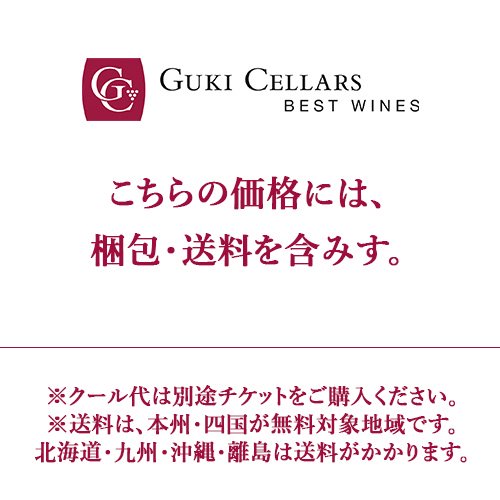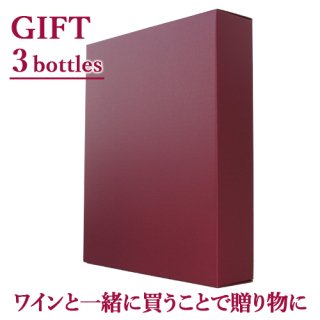France
-
アルザス
Alsace -
アルマニャック
Armagnac -
ブルゴーニュ
Bourgogne -
ボルドー
Bordeaux -
シャンパーニュ
Champagne -
コニャック
Cognac -
ジュラ
Jura -
コルシカ
Corse -
ラングドック=ルシヨン
Languedoc/Roussillon -
サヴォワ
Savoie -
南西地区
Sud-Quest -
プロヴァンス
Provence -
ロワール地方
Vallee de la Loire -
ローヌ地方
Vallee du Rhone -
ヴァン・ド・フランス
Vin de France

多くの人々にとってフランスは(良質の)ワイン誕生の地です。実はそうではないのですが、フランスは(数百年かけて)世界で最も卓越したワインを生産するという高い評価を手に入れてきています。フランスのワイン生産の歴史はおよそ紀元前600年に始まりました。そのころ、ギリシャ人が港町マルセイユ(彼らはマッサリアと呼びました)を築いた地中海沿岸地域やローヌ渓谷を植民地化しました。彼らはワインとワイン製造技術を広めました。統治者としてローマ人がギリシャ人にとって代わるころ(およそ紀元前150年)には、フランスからのワインはローマ帝国の多くの領地に輸出されていました。
今日フランスは、普通のテーブル・ワインから世界で最も優れた何種類ものワインまで、比類ないワインの種類を生産している世界一の生産国です。そのほかの新規に浮上してきたワイン生産国はフランスの支配的な市場に挑んできています。結果として、フランスのワイン生産者たちは、伝統的な価値観を放棄することなく、自己改革を行おうと熱心に働いてきています。市場の動向をなんとか変えたいと思うよりむしろ、食べ物と合う最高のワインを造ることが今でも彼らの重要な目標なのです。
ワインは、北部沿岸を除いて、フランスのほとんどどこでも生産されています。何百もの異なった地方や地域で生産されており、各々ワインはその地方や産地特有の ”テロワール” に由来します。そのため、フランス人は其々のワインにその信憑性や特有のテイストと品質を与えるのは ”テロワール” であると信じています。この場合、”テロワール” には ”土壌” よりも広範囲な意味があります。テロワールは微気候条件のほかにヴィティカルチャーやヴィニカルチャーの要素、つまり認可されたブドウ品種、生産量、その他諸々の考慮すべきことをも含みます。それゆえ、”テロワール” は自然の要素とフランス監督機構、INAOが制約、規制している品質基準の組み合わされたものになります。
フランスでは年間70〜80億本のワインが生産されています。12の主要地方と何百もの地区と地域があります。10万以上のブドウ栽培者がいますが、その中のおよそわずか5分の1が独自のワインを製造販売し、残り5分の4は地域共同組合にブドウを納品するか、製造したワインをネゴシアン (ワイン商) に売ります。カベルネ・ソーヴィニヨン、カベルネ・フラン、カルメネール、シャルドネ、メルロー、ピノ・ノワール、ソーヴィニヨン・ブラン、シラー/シラーズのような世界中で栽培されている多くのブドウ品種とフランス独自の品種が栽培されています。ブドウの栽培やワインの生産はINAO、フランス監督機構によって厳格に規制されています。ワインの等級分類に関するフランスの法令は近年変更されました。現在4等級存在していますが、2012年からはテーブル・ワイン、カントリー・ワイン、2012年からはAOPですが、AOCワインと呼ばれる特定地域生産ワインの3等級だけになります。
これらの法令は全国的に適用していますが、フランスワインは品質的に其々の地域性で知られ、かつ地域の特徴で特定されています。同じ(生産地)名称内でさえ、莫大な種類のワインやそれらのワインの質の違いがあり、それゆえ生産地域ごとにワインを格付けする要望や必要性が生じてきました。したがって、アルザス、ボルドー、ブルゴーニュ、シャンパーニュのような主要ブドウ栽培地域は地域の格付け制度を確立してきています。メドックの格付けは1855年から存続し、国際的によく知られ定評があります。その他の格付けはもっと最近のものです。主要地域以外の地域には格付け制度はまだありませんが、卓越していると高い評価を得てきて、ワイン通の人々に知られているいくつかのエステイトが必ずあります。
For many France is the place of birth of (good) wines. While that is not so France has acquired (over hundreds of years) a reputation for producing the world's greatest wines. French wine making history started at about 600 BC when the Greek colonized the valley of the Rhone and other areas along the Mediterranean coast where they founded the city of Marseille (then called Massalia). They introduced vines and winemaking techniques. By the time the Romans replaced the Greek as rulers (about 150 BC) wines from France were exported to many regions of the Roman Empire.
Today France is the world's largest producer of wines, making an unsurpassed variety, from simple table wines to some of the greatest wines on earth. Other newly emerged wine producing nations have challenged its dominant position. As a result, French wine makers have been working hard to reinvent themselves yet without giving up traditional values. Making the best wine to match food is still their principal objective rather than pleasing ever changing marketing trends.
Wines are produced almost everywhere in France, except along the northern coast areas. They are produced in hundreds of different regions and areas, each derived from its specific regional or local "terroir." For the French believe that it is the "terroir" which provides each wine with its authenticity, specific taste and quality. In this context "terroir" has a wider meaning than "soil." Terroir comprises micro-climatic conditions as well as other viti- and viniculture aspects such as the grape varieties permitted, the yield and many other considerations. "Terroir" thus becomes a combination of natural elements and standards as imposed and regulated by INAO, the French regulatory authority.
Between 7 to 8 billion bottles of wines are produced annually in France. There are 12 main regions and hundreds of sub-regions and areas. There are over 100,000 vine growers but only about one-fifth of them produce and sell their own wines, the remaining four-fifth either deliver their grapes to the local co-operative or sell the wine they produced to negotiants (merchants). Many of the grape varieties grown worldwide such as Cabernet Sauvignon, Cabernet Franc, Carmenere, Chardonnay, Merlot, Pinot Noir, Sauvignon Blanc, Syrah/Shiraz and others are of French origin. The growing of vines and the production of wines is strictly regulated by INAO, the French regulatory authority. The national regulation concerning the classification of wines was up-dated recently. Four grades exist currently but from 2012 only three grades will remain, namely Table wines, Country wines and wines of controlled origin also called AOC and from 2012 AOP wines.
While these regulations apply nationally, French wines are essentially known for and identified by their regional character. The vast numbers of different wines and the differences in quality among them, even within the same Appellation (area), have created the desire and need to grade wines regionally. Some of the main growing areas have thus developed regional classification systems such as Alsace, Bordeaux, Bourgogne and Champagne. The Medoc classification has existed since 1855 and is well established and known internationally, others are of more recent origin. In other regions there may not exist a classification system yet there are always some estates, which over time, have acquired a reputation for excellence and are knwon to those well informed.
-


00175-10 2010
キュヴェ・ノタリス
Chateau Le Clos du Notaire NOTARIS
送料無料 (本州・四国)4,223円(内税) -
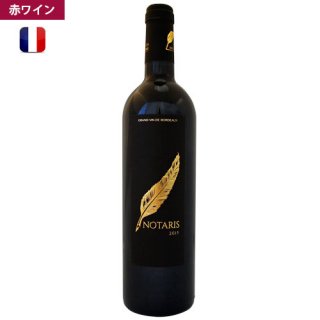

00175-15 2015
キュヴェ・ノタリス
Chateau Le Clos du Notaire NOTARIS
送料無料 (本州・四国)4,474円(内税) -
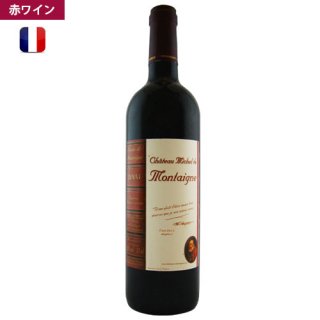

00180-05 2005 レ・エッセー
シャトー ミッシェル・ド・モンテーニュ
Chateau Michel de Montaigne Les ESSAIS
送料無料 (本州・四国)4,025円(内税) -
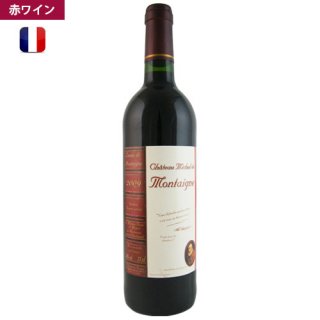

00180-09 2009
レ・エッセー
シャトー ミッシェル・ド・モンテーニュ
Chateau Michel de Montaigne Les ESSAIS
送料無料 (本州・四国)4,025円(内税) -
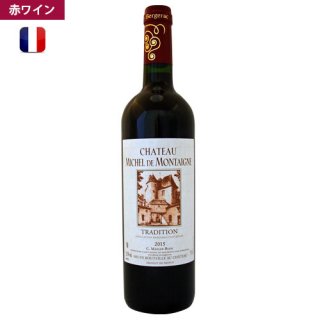

00237-15 2015
トラディション
Chateau Michel de Montaigne TRADITION
送料無料 (本州・四国)2,916円(内税) -


00239-15 2015
トラディション
Chateau Le Clos du Notaire TRADITION
送料無料 (本州・四国)3,233円(内税) -
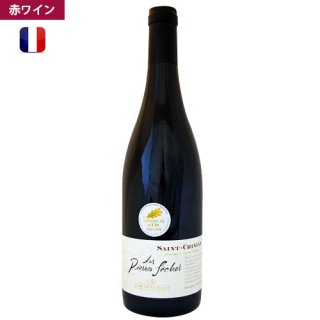

00252-16 2016
ル・ピエール・セッシュ・ルージュ
Les Pierres Seches Rouge
送料無料 (本州・四国)2,705円(内税) -
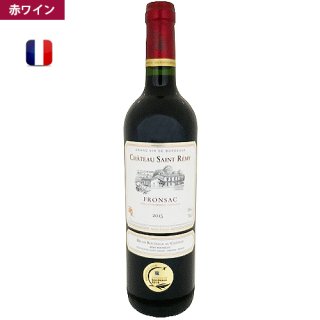
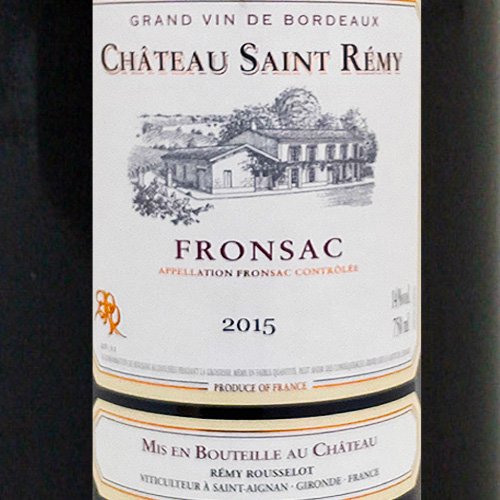
00287-15 2015シャトー・サン・レミ
Chateau Saint Rémy
送料無料 (本州・四国)3,629円(内税) -
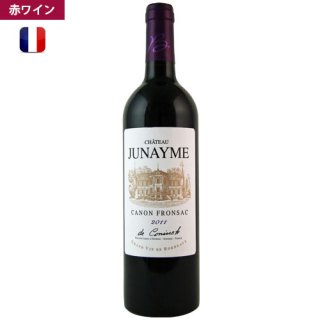

00289-11 2011
シャトー・ジュネイム
Chateau Junayme
送料無料 (本州・四国)4,487円(内税) -
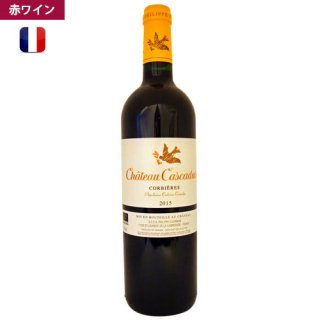

00297-15 2015
シャトー・カスカデ
Château Cascadais
送料無料 (本州・四国)2,969円(内税) -


00340-17 2017
シャトー・ル・クロ・デュ・ノテール・ル・ジュ・フゥイ
Chateau Le Clos du Notaire L'USUFRUIT
送料無料 (本州・四国)2,639円(内税) -
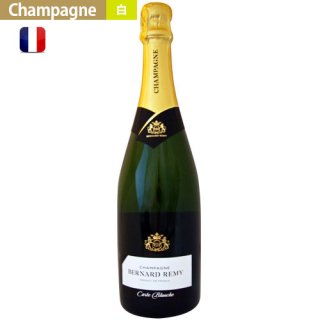

00264-NV NV シャンパーニュ・カルト・ブランシュ・ブリュット
Champagne Bernard Remy Carte Blanche
送料無料 (本州・四国)5,292円(内税) -


00296-10 2010 シャトー・トォール・オー・コサン
Chateau Tour Haut Caussan
送料無料 (本州・四国)4,987円(内税) -


00347-19 2019 ラ・トゥ−レ−ル・クロ・ドゥ・ロ−・ヴィエル
La Tourelle, Clos de Lort Vieil3,563円(内税) -
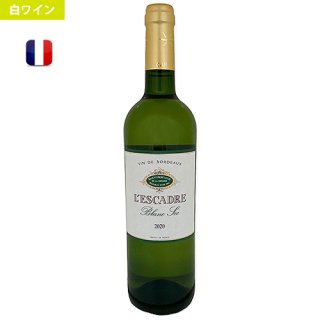

00244-20 2020
シャトー・レスカェド・ブラン・セック
Chateau L' Escadre - Blanc Sec
送料無料 (本州・四国)2,890円(内税) -
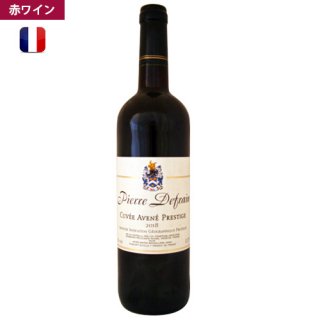
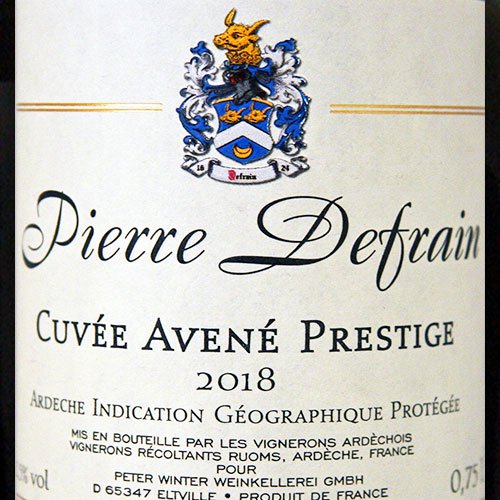
00158-18 2018ピエール・デュフラン・キュヴェ・アヴェヌ・プレスティージュ
Pierre Defrain, Cuveé Avene Prestige
送料無料 (本州・四国)2,573円(内税) -
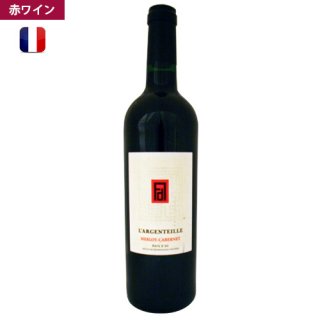
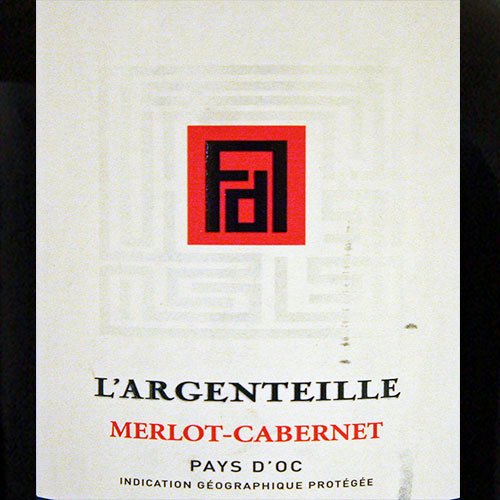
00350-18 2018
ラルジョンティ・メルロー・カベルネ
L' Argenteille Merlot Cabernet
送料無料 (本州・四国)2,573円(内税) -
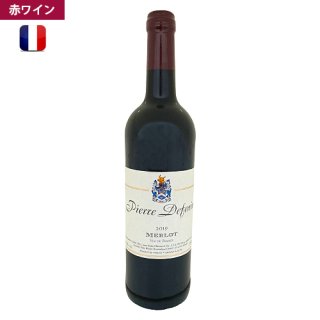
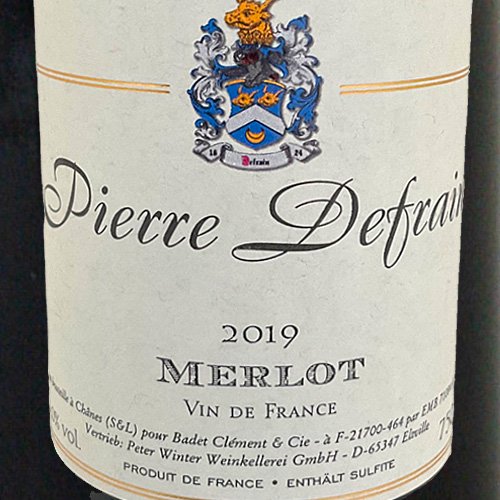
00156-19 2019
ピエール・デュフラン・メルロー
Pierre Defrain Merlot
送料無料 (本州・四国)2,309円(内税) -
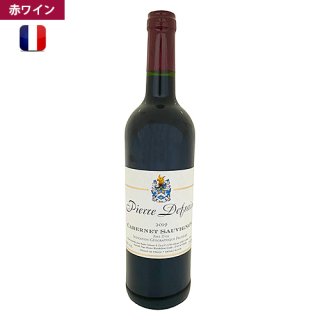
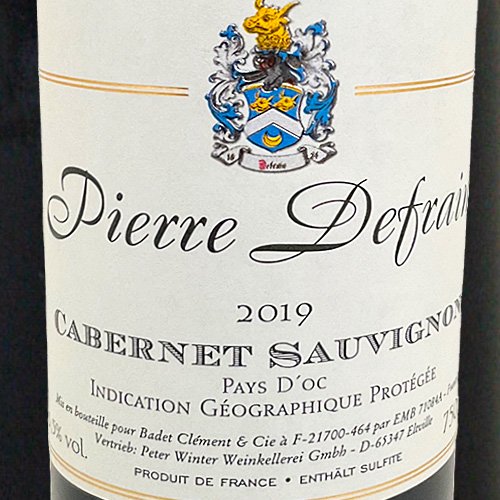
00157-19 2019 ピエール・デュフラン・カベルネソーヴィニヨン
Pierre Defrain Cabernet Sauvignon
送料無料 (本州・四国)2,309円(内税) -
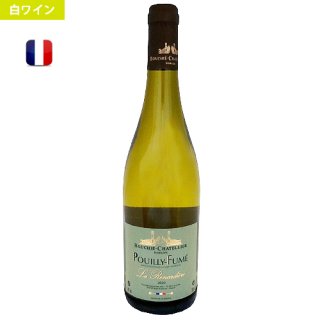

00249-20 2020 プイィ・フュメ ラ・レナディ
Pouilly Fume La Renardiere
送料無料 (本州・四国)5,068円(内税) -
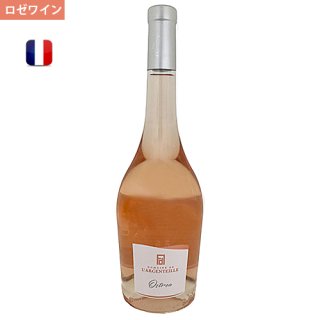

00364-21 2021 ドメンヌ・ラルジェンテェイ・オステレラ
Domaine L'Argenteille Ostrea
送料無料 (本州・四国)3,246円(内税) -
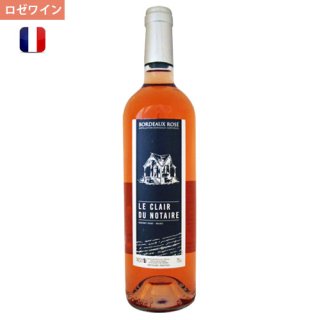

00238-21 2021 ル・クレア・デュ・ノテール
Chateau Le Clos du Notaire, Le Clair du Notaire
送料無料 (本州・四国)3,312円(内税) -


00182-21 2021 ミュスカデ・セーヴル・エ・メ‐ヌ・シュール・リー
Muscadet Sevre & Maine s/Lie
送料無料 (本州・四国)3,101円(内税) -
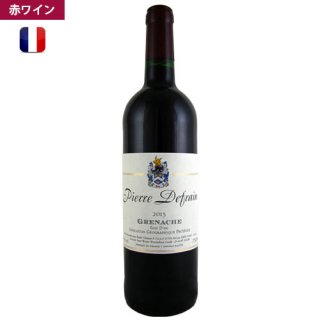

SUS00194-15 2015
ピエール・デュフラン・グルナッシュ
Pierre Defrain Grenache
送料無料 (本州・四国)SOLD OUT -
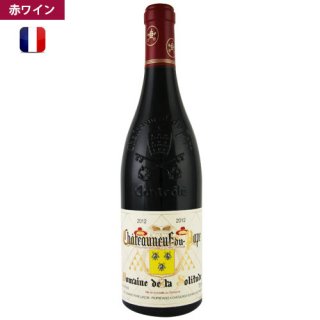

00262-12 2012
シャトーヌフ・デュ・パプ・トラディション
Chateauneuf-du-Pape TraditionSOLD OUT -


00265-NV NV
シャンパーニュ・ブラン・ド・ブラン・ブリュット
Champagne Blanc de Blancs Brut
送料無料 (本州・四国)SOLD OUT -
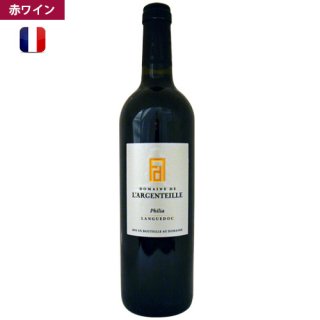

SUS00351-16 2016
ドメーヌ・ラルジョンティ
キュヴェ・フィリア
Domaine de L' Argenteille, Cuvée PHILIA
送料無料 (本州・四国)SOLD OUT











